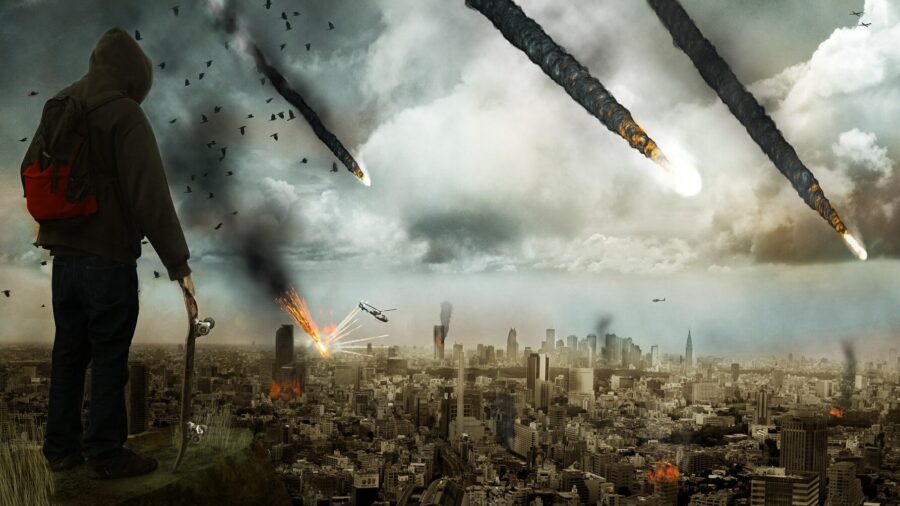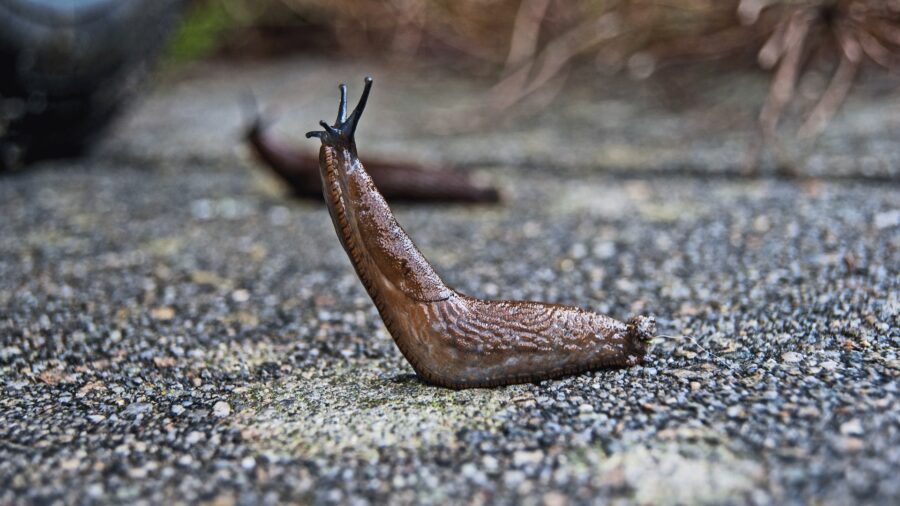Scientists Say The Signs Of Mass Extinction Are Everywhere
Scientists things don't look so great.
This article is more than 2 years old

Few people may be aware that planet Earth has undergone five previous mass extinction events in the past. Even fewer people, apparently, are aware that humanity is currently careening toward number six. Anyone paying attention can see that things aren’t great for the world right now just by looking at things like climate change, the pandemic, the proliferation of misinformation about science and just… well, the state of things. However, scientists are pointing to much more niche examples that the planet is headed for a mass extinction event — the loss of biodiversity in animals.
The International Union for Conservation of Nature (ICUN) keeps a “Red List” of species that are threatened by extinction and it’s largely regarded as a pretty good metric of which living creatures are in the direst situation. While the list is alarming to say the least, a new study finds that the “Red List” may be under-representing how bad the situation is, which may be leading people to deny how close humanity is to its next mass extinction event.
ScienceAlert reports that both the “Red List” and other studies on the decline of biodiversity on Earth tend to focus heavily on mammals and birds. As a result, the data often completely ignores invertebrates, which constitute the majority of biodiversity on the planet. Scientific America notes that politicians and others funded by the fossil fuel and other industries that have a vested interest in not changing the way the planet does things are using the data to prove their point that things aren’t so bad. That all said, having to debate whether or not something like a mass extinction is happening is not exactly the position a species wants to be in when… well, a mass extinction event is happening!
According to a new study done by bioscientist Robert Cowie from the University of Hawai’i at Mānoa, which studied biodiversity decline estimates obtained for land snails and slugs, since the year 1500, Earth has lost between 7.5 and 13 percent of the two million known species. To put it in raw numbers, that’s about 150,000 to 260,000 species just gone. Not on life support, not in need of our help, not in dire straights… gone. All of that is data that won’t really be found on things like the “Red List” and all of it points to new mass extinction.

So, how do we stop this next mass extinction from happening? Unfortunately, there’s no easy answer. Those things that one can look at to see how bad things have gotten, step one may be starting with them. Climate change is playing a big factor in why a lot of these species are going extinct. If people don’t stop acting like every character in Don’t Look Up that isn’t played by Leonardo DiCaprio or Jennifer Lawrence, we’re likely fated for the same outcome [Spoiler Alert: It’s not good].
Sadly, as Scientific America notes in its report, you can’t just grab people and shake them until they realize this is happening. There’s too much political skin in the game. As a result, misinformation about the loss of biodiversity, mass extinction and climate change continues to stream out and allow people to further bury their heads in the sand or worse, advocate against action.











